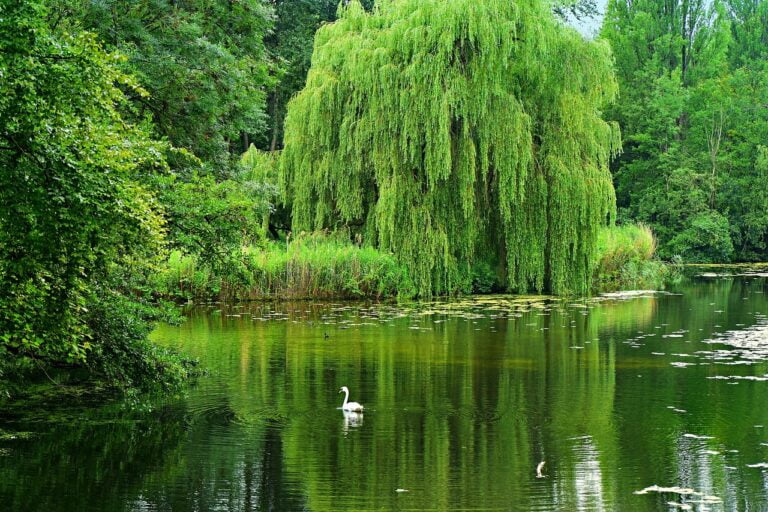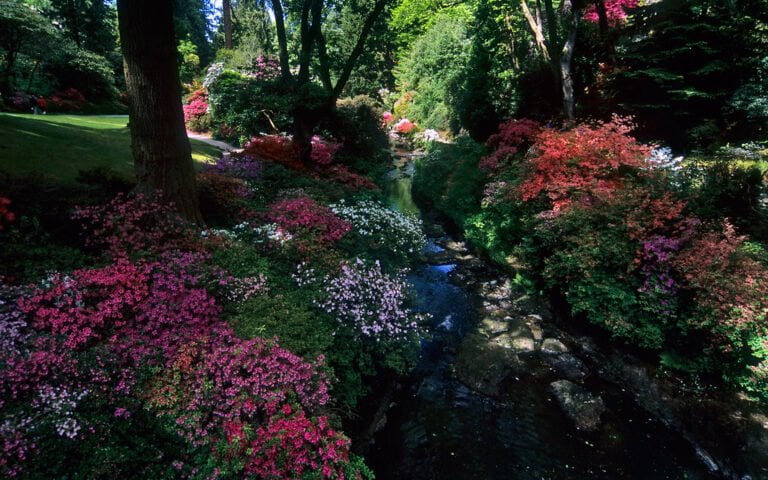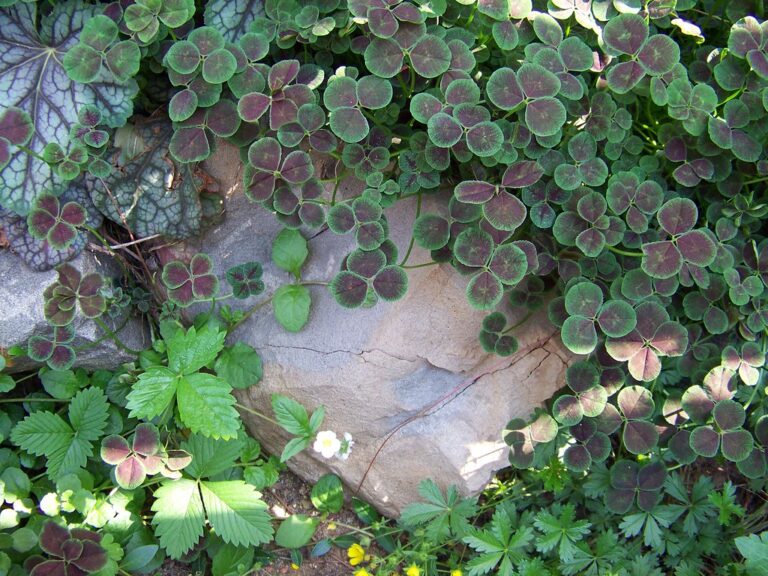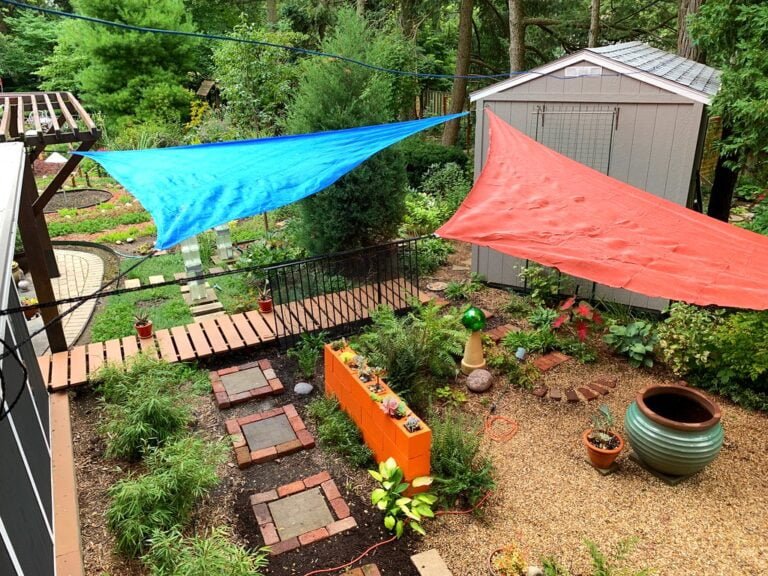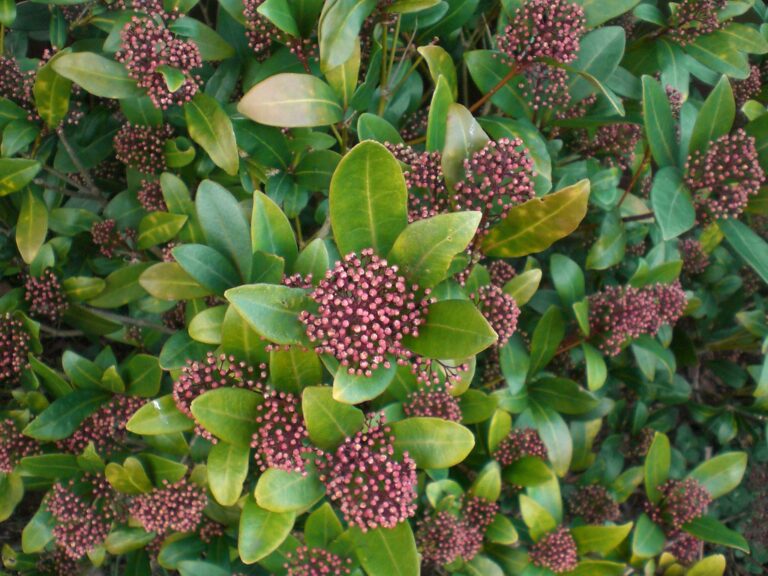Exploring the Beauty of Purple Climber Plants
Are you ready to immerse yourself in the enchanting world of purple climber plants? Get ready to be captivated by their stunning beauty and versatility. In this article, we will guide you through the benefits, varieties, and growing tips for these magnificent plants. Discover how to incorporate them into your garden design and use them as natural shade providers. With proper care and maintenance, these plants will thrive, adding a touch of elegance to your outdoor space. Let's embark on this colorful journey together!
Benefits of Purple Climber Plants
Discover the numerous benefits you can experience with purple climber plants. These vibrant and enchanting plants not only add a pop of color to your garden, but they also offer a multitude of advantages. Firstly, purple climber plants are excellent for providing shade and privacy. Their dense foliage creates a natural barrier, shielding you from prying eyes and the scorching sun. Additionally, these plants are known for their ability to attract pollinators such as butterflies and bees, thus promoting a healthy ecosystem. Furthermore, purple climber plants are low-maintenance, requiring minimal care and attention. They are drought-tolerant and can thrive in various soil conditions, making them perfect for busy individuals who still desire a beautiful and flourishing garden. Embrace the beauty and benefits of purple climber plants, and transform your outdoor space into a haven of tranquility.
Best Varieties of Purple Climber Plants
When selecting the best varieties of purple climber plants, consider their growth habits and flower characteristics. One exceptional variety is the Clematis 'Jackmanii', a vigorous climber that produces stunning deep purple flowers. With its long-lasting blooms and ability to grow up to 10 feet tall, 'Jackmanii' is a favorite among garden enthusiasts. Another remarkable purple climber is the Wisteria 'Amethyst Falls', known for its cascading clusters of fragrant purple flowers. This fast-growing vine is perfect for creating a dramatic focal point in your garden. For a more delicate option, the Purple Bell Vine (Rhodochiton atrosanguineum) is a charming choice. Its heart-shaped purple flowers with dark veins add a touch of whimsy to any trellis or arbor. Consider these exquisite varieties when adding a touch of purple beauty to your garden.
Growing Tips for Purple Climber Plants
To successfully grow purple climber plants, follow these essential tips for optimal growth and blooming. First and foremost, choose a location that receives full sunlight for at least six hours a day. Purple climbers thrive in well-draining soil enriched with organic matter, so be sure to prepare the soil before planting. When it comes to watering, these plants prefer regular watering but avoid overwatering, as it can lead to root rot. As they grow, provide support such as trellises or fences to help them climb and spread. Regular pruning is necessary to maintain their shape and promote new growth. Lastly, feed your purple climbers with a balanced fertilizer during the growing season to ensure they receive all the necessary nutrients. With these tips, you'll enjoy a vibrant and flourishing display of purple climber plants in your garden.
Design Ideas for Incorporating Purple Climber Plants
You can enhance the beauty of your garden by incorporating purple climber plants into your design. These vibrant and enchanting plants not only add a touch of elegance to your outdoor space but also create a stunning focal point that will captivate anyone who visits. One design idea is to train the purple climber plants to grow along a trellis or pergola, creating a stunning vertical garden. This not only adds height and dimension to your garden but also provides a beautiful backdrop for other plants and flowers. Another idea is to plant the purple climbers near a wall or fence, allowing them to climb and cover the surface with their vibrant and lush foliage. This creates a striking visual display and adds a sense of depth to your garden. Regardless of the design idea you choose, incorporating purple climber plants will undoubtedly elevate the beauty of your garden to new heights.
Using Purple Climber Plants as Natural Shade Providers
As you incorporate purple climber plants into your garden design, they not only add beauty and elegance but also serve as natural shade providers. These stunning plants have the ability to create a cool and inviting atmosphere in your outdoor space, shielding you from the harsh sunlight and providing a comfortable retreat. With their vigorous growth and sprawling vines, purple climber plants can quickly cover pergolas, arbors, and trellises, creating a natural canopy of shade. Imagine sitting beneath the lush foliage, enjoying a refreshing drink and escaping the scorching heat. Not only do these plants offer respite from the sun, but they also add a touch of enchantment and allure to your garden. Let the vibrant hues of purple climbers transform your outdoor space into a tranquil oasis, where you can relax and unwind while being surrounded by nature's beauty.
Companion Plants That Complement Purple Climber Plants
Purple climber plants can be enhanced and complemented by a variety of companion plants in your garden. By carefully selecting the right companions, you can create a stunning and harmonious display of colors, textures, and fragrances. One excellent choice is the white jasmine, with its delicate blooms and sweet scent. Planted near a purple climber, it creates a beautiful contrast that is sure to catch the eye. Another option is the lavender plant, which not only complements the purple climber aesthetically but also attracts beneficial insects like bees and butterflies. For a touch of elegance, consider planting white roses or pink clematis alongside your purple climber. These combinations will add depth and dimension to your garden, creating a picturesque scene that will delight both you and your visitors.
Proper Care and Maintenance of Purple Climber Plants
To ensure the healthy growth and vibrant blooms of your purple climber plants, it is essential to provide them with proper care and maintenance. These stunning plants deserve your attention and dedication to thrive and showcase their true beauty. Start by planting them in well-draining soil, enriched with organic matter, in a location that receives at least six hours of sunlight daily. Regular watering is crucial, ensuring the soil remains moist but not waterlogged. As they grow, provide support such as trellises or stakes for them to climb and flourish. Prune them regularly to remove dead or damaged branches, promoting new growth and maintaining their shape. Fertilize them during the growing season with a balanced fertilizer to provide the necessary nutrients for their overall health. With your care and commitment, your purple climber plants will reward you with an abundance of breathtaking blooms, creating a captivating display in your garden.
Common Pests and Diseases of Purple Climber Plants
To ensure the healthy growth and vibrant blooms of your purple climber plants, it is important to be aware of common pests and diseases that can affect them. These beautiful plants can fall victim to various pests such as aphids, spider mites, and whiteflies. These tiny creatures feed on the sap of the plants, causing wilting leaves and stunted growth. Diseases like powdery mildew and leaf spot can also plague purple climbers, resulting in unsightly foliage and diminished flowering. To protect your plants, regularly inspect them for any signs of infestation or disease. If detected, take immediate action by using organic insecticides or fungicides. Prune infected leaves and provide adequate air circulation to prevent the spread of diseases. With proper care and attention, your purple climbers will flourish and enchant with their vibrant purple blooms.
Stunning Examples of Purple Climber Plant Gardens
You can create stunning gardens with purple climber plants. These vibrant and versatile plants add a touch of elegance and beauty to any outdoor space. Picture yourself strolling through a garden adorned with purple Clematis winding its way up a trellis, its delicate blooms dancing in the breeze. Or imagine a pergola covered in the deep purple blooms of a Purple Bell Vine, creating a captivating and inviting atmosphere. The purple hues of these climbers create a sense of tranquility and serenity, perfect for creating a peaceful oasis in your backyard. Whether you choose to plant them along fences, walls, or arbors, these climbers will transform your garden into a breathtaking masterpiece. Embrace the allure of purple climber plants and let their beauty serve as a source of inspiration for your own stunning garden.
Frequently Asked Questions About Purple Climber Plants
If you're considering adding purple climber plants to your garden, you may be wondering about some common questions. Let's address them so you can make an informed decision. First, you might be wondering about the ideal growing conditions for these plants. Purple climbers thrive in well-drained soil and prefer full sun or partial shade. Another common question is how fast these plants grow. Well, you'll be pleased to know that purple climbers are vigorous growers and can quickly cover unsightly fences or trellises. Some people also wonder about the maintenance required. These plants are generally low-maintenance, but regular pruning is necessary to keep them in check. Lastly, many ask about the best varieties of purple climbers. Some popular options include clematis, morning glory, and wisteria. With these answers in mind, you're ready to bring the beauty of purple climbers into your garden.
Conclusion
In conclusion, purple climber plants are a beautiful addition to any garden or outdoor space. With their vibrant hues and graceful blooms, they bring a touch of elegance and charm. Not only do they provide aesthetic appeal, but they also offer numerous benefits such as natural shade, privacy, and attracting pollinators. By following the proper growing tips and maintenance guidelines, you can create stunning gardens filled with these stunning plants. So why wait? Start exploring the beauty of purple climber plants and transform your outdoor space into a breathtaking oasis.

